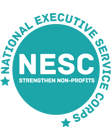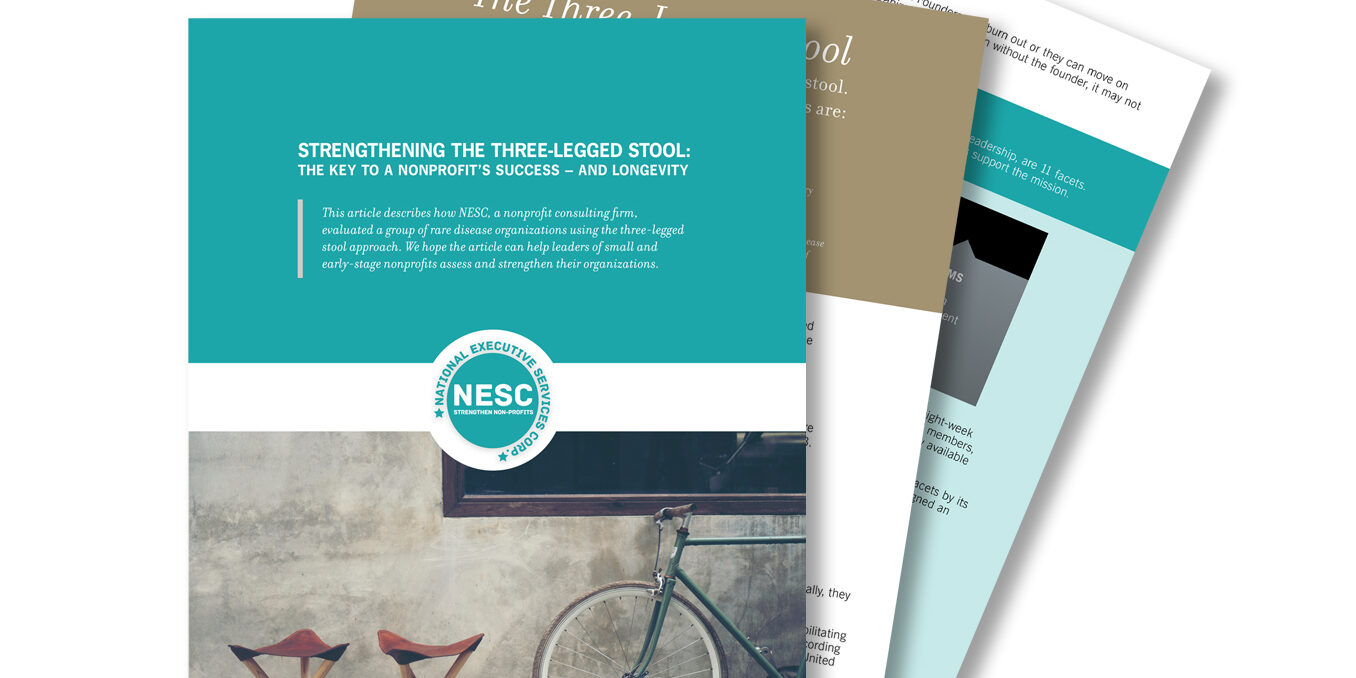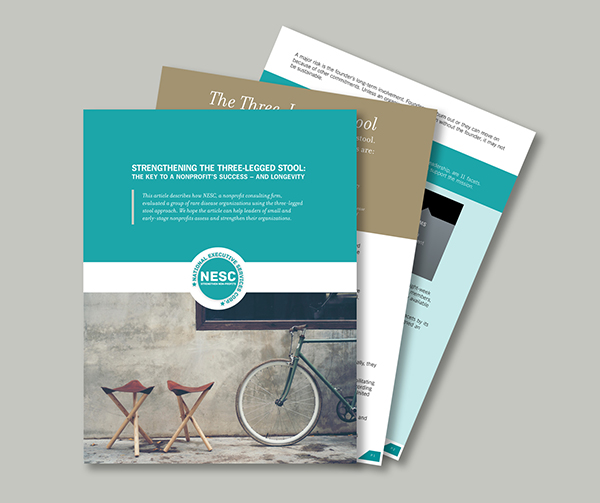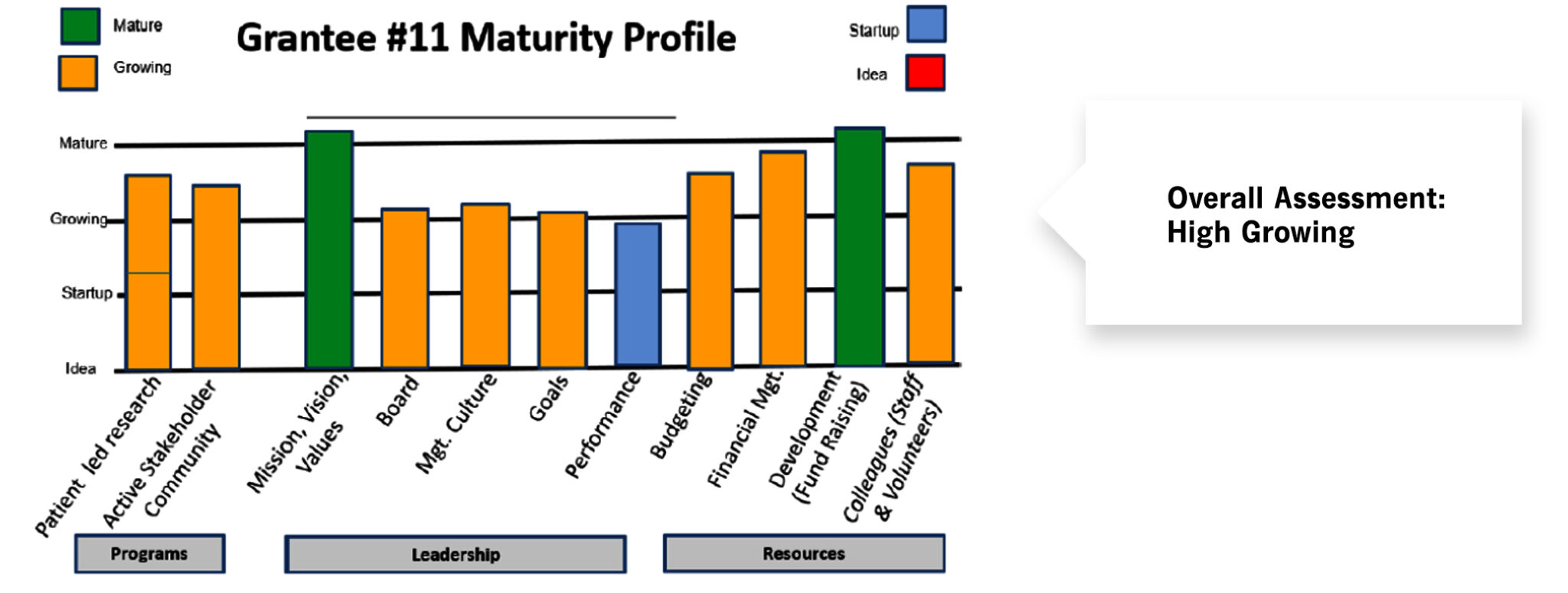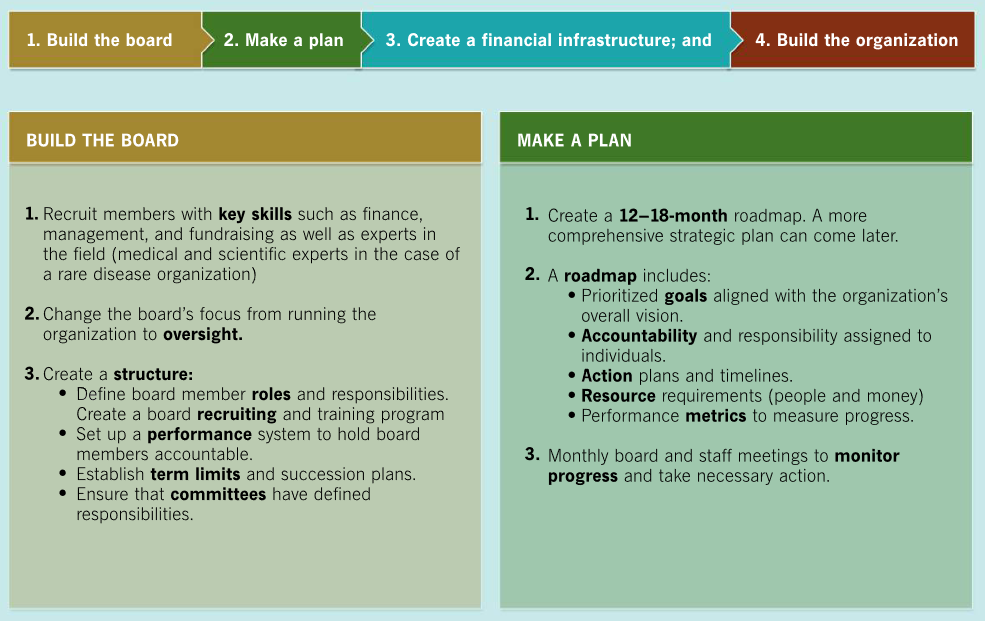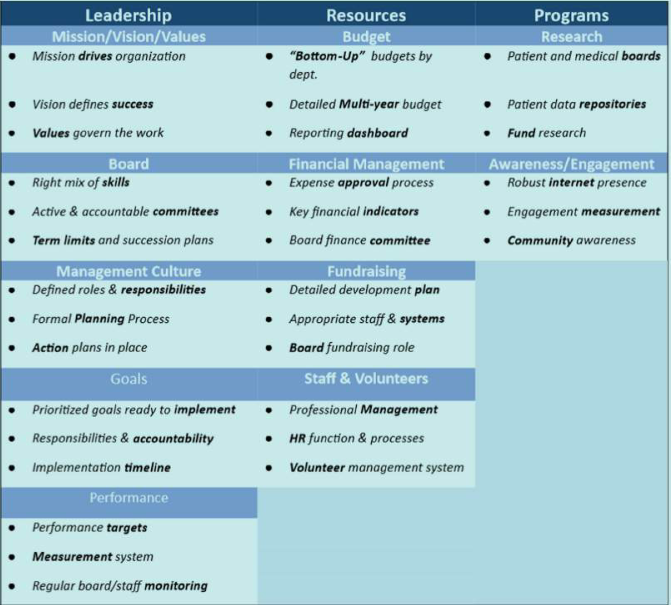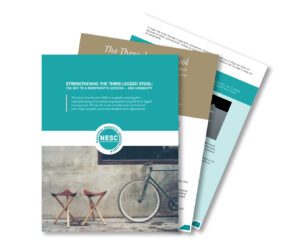
Chan Zuckerberg Initiative
The Chan Zuckerberg Initiative (CZI) has provided capacity-building grants to dozens of rare disease organizations through its Rare As One Project. CZI wants to ensure that the organizations are sustainable and can continue their work over many years.
CZI engaged NESC in 2022 to evaluate 13 of its rare disease grantees. NESC completed its work in 2023.
NESC’s assignment was to assess each grantee’s “maturity.” The more mature organizations were ready for a three-to-five-year strategic plan. A 12-to-18-month “roadmap” was appropriate for the less mature organizations.
Founder Driven Organizations
The CZI grantees NESC worked with were both remarkable and inspiring organizations. Typically, they were driven by their founders’ passion and determination – and sometimes their own money.
Most founders had a family member, usually a child, with a rare disease. The diseases are debilitating and often fatal.
There are between 7,000 and 10,000 known rare diseases. A rare disease, according to the Rare Diseases Act of 2002, is a condition that affects less than 200,000 people in the United States.
However, most rare diseases afflict only a few thousand individuals, and the search for a cure is enormously challenging. Founders must build a disease community, raise awareness and money, and engage the scientific and medical community in the search for a treatment.
Many of the founders have successfully overcome these challenges. However, they have been less successful in building sustainable organizations that can continue without them.
A major risk is the founder’s long-term involvement. Founders can burn out or they can move on because of other commitments. Unless an organization can function without the founder, it may not be sustainable.
NESC’s Approach
Underneath the three legs, Leadership, Resources, and Programs, are 11 facets. The schematic below shows how the legs and the facets support the mission.
A team of NESC consultants worked with each of the 13 organizations over a six-to-eight-week period. The consultants gathered information by interviewing the organization’s board members, staff, and stakeholders. The consultants also reviewed internal documents and publicly available information about the organization and the disease.
After completing the interviews and the research, the consultants rated each of the 11 facets by its “maturity.” The maturity levels are Idea, Start-Up, Growing, and Mature. They then assigned an overall rating to each grantee.
Below is an example of a maturity assessment.
Two points about the assessments:
- They do not represent a “score” or a value judgment. They simply provide a snapshot of the organization’s stage of development.
- The assessments were confidential. For that reason, we do not name the organizations in this article.
Suggestions
NESC categorized most organizations in the Start-Up stage. In general, the most “mature” of the three legs was Programs.
This is understandable. Founders and boards focus more on finding a cure than building a durable organization. Resources and Leadership at most of the grantees were less developed.
Below are organization-strengthening suggestions in four areas: (1) Build the board; (2) Make a plan; (3) Create a financial infrastructure; and (4) Build the organization.
Finally, below is a chart showing the three legs and 11 facets of a mature organization. The “Research” section is unique to rare disease organizations. But the rest applies to all nonprofits. It’s something for early-stage nonprofits to aspire to.
